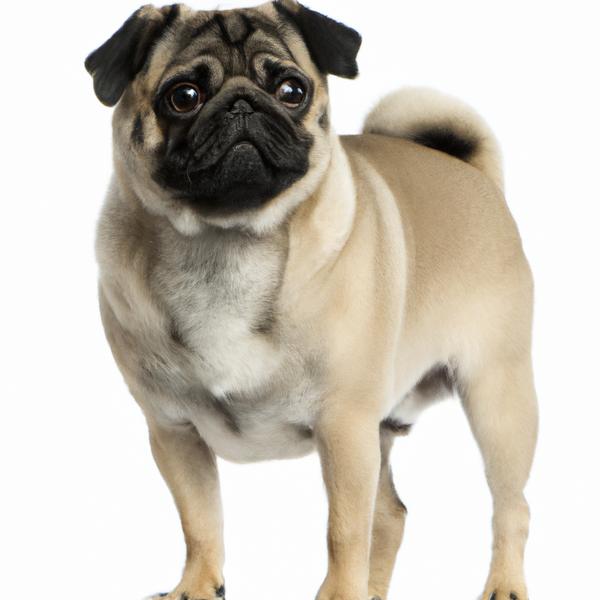Pugese vs. Eskijack: Breed Differences and Similarities
Hypoallergenic
Are Pugeses or Eskijacks hypoallergenic, or neither?
Unfortunately, neither Pugese nor Eskijack are hypoallergenic, which may not make them the best choice for dog lovers who suffer from pet allergies.
Temperament
What are the personalities of Pugese and Eskijack dogs?
Playful
Happy
Alert
Courageous
Intelligent
Friendly
Affectionate
Loyal
Lively
Gentle
Going
Tempered
Sweet
Cheerful
Stubborn
Independent
Energetic
Protective
Alert
Courageous
Intelligent
Friendly
Cheerful
Shedding Level
Do Pugeses shed more than Eskijacks, or which breed sheds more, Pugeses or Eskijacks?
Pugeses are moderate shedders, but regular brushing can reduce shedding and maintain coat health.
Eskijacks shed a lot of hair each year, so frequent brushing is essential for reducing shedding and maintaining coat health.
Watchdog Ability
Which dog breed makes a better watchdog, the Pugese or Eskijack?
Pugeses aren't great guard dogs; they tend to just watch without taking action.
Eskijacks are decent watchdogs - they'll alert their owner if something seems amiss.
Ancestry
What are the origins of Pugese and Eskijack breeds?
Chinese Crested and Pug
American Eskimo, Jack Russell Terrier
Breed recognition
Which kennel clubs recognize/register Pugese and Eskijack?
ACHC = American Canine Hybrid Club
DBR = Designer Breed Registry
DDKC = Designer Dogs Kennel Club
DRA = Dog Registry of America, Inc.
IDCR = International Designer Canine Registry®
ACHC = American Canine Hybrid Club
DDKC = Designer Dogs Kennel Club
DRA = Dog Registry of America, Inc.
IDCR = International Designer Canine Registry®
Date of Birth
When were Pugese and Eskijack breeds first developed?
Unknown
Eye Color Possibilites
What are the eye colors of Pugese and Eskijack dogs?
Blue
Hazel
Brown
Amber
Brown
Coat Color Possibilites
What are the natural colors of the coat for Pugese and Eskijack breeds?
Black
Fawn
Blue
Brown
Cream
Pied
White
Sable
Cream
White
Brown
Coat Length
What is the typical coat length for Pugese and Eskijack breeds?
Pugeses have short coats.
Eskijacks have longer coats compared to most dogs.
Coat Density
What is the density of the coat of Pugese and Eskijack?
Coat Texture
What is the hair texture of Pugese and Eskijack?
Straight
Wavy
Litter Size
What is the usual litter size for Pugese and Eskijack?
A Pugese can have a litter of 2-5 puppies on average. However, it's worth noting that the size of the litters can vary greatly. Factors that can influence litter size include the health of the mother, breeding history, and genetics.
An Eskijack can have a litter of 4-8 puppies on average. However, it's worth noting that the size of the litters can vary greatly. Factors that can influence litter size include the health of the mother, breeding history, and genetics.
Adaptability
The adaptability of Pugese and Eskijack dogs is a well-known trait. They are known for being able to adjust well to different living environments and lifestyle changes.
Health Issues
Between Pugese and Eskijack, which breed is more prone to health problems?
Pugeses typically have low vet costs due to their good health, but it's important to monitor their health and seek vet care when necessary.
While the Eskijack breed is generally healthy, occasional vet check-ups are still necessary to address any health concerns.
Major Concerns
What are the major health concerns for Pugese and Eskijack breeds?
Patellar Luxation
Dental Disease
Pug Dog Encephalitis
Keratoconjunctivitis Sicca (Dry Eye)
Hip Dysplasia
Legg-Calve-Perthes Disease
Progressive Retinal Atrophy (PRA)
Minor Concerns
What minor health issues should be kept in mind when owning Pugese and Eskijack?
Canine Hip Dysplasia
Glaucoma
Lens Luxation
Legg-Calve-Perthes Disease
Brachycephalic Syndrome
Progressive Retinal Atrophy (PRA)
Skin Diseases and Disorders
None
Occasional Tests
What occasional tests are recommended for Pugese and Eskijack breeds?
Eye Examination
Skin Evaluation
Dental and Oral Examinations
X-rays or other radiographic imaging
X-Rays
CT Scan
Eye Examination
Physical Examination
Energy
How do the energy levels of Pugeses and Eskijacks compare?
Pugese and Eskijack breeds are known for their high energy levels, so if you're looking for a more low-key dog, these breeds may not be the best choice.
Social Needs
Pugese vs Eskijack social needs comparison
Pugese has very high social needs and requires regular mental and physical stimulation, a job or purpose, and companionship.
Eskijack has above average social needs and thrives with interaction with humans and other dogs.
Exercise Needed
Pugese vs Eskijack exercise need comparison.
Pugeses require significant physical activity and suit those with an active lifestyle.
Eskijacks need moderate physical activity and are great for families and active individuals.
Sleeping Need
Which of the two sleeps the most/least: Pugese or Eskijack?
Pugeses are known for their relaxed and calm nature and enjoy long periods of sleep.
Eskijacks are active and require sufficient sleep to stay healthy.
Tendency to Bark
Do Pugeses or Eskijacks bark more/less frequently?
Pugese dogs are generally less vocal than other breeds and only bark when necessary, such as to alert their owner or communicate.
Eskijacks bark moderately when necessary and may also bark due to certain triggers like fear, alarm, boredom, greeting, separation anxiety and compulsive barking.
Mouthiness
Mouthiness Comparison: Pugese vs Eskijack?
Roaming urge
Pugese vs Labrador: Running away tendency?
Prey Drive
Pugese or Eskijack - which breed has a higher level of prey drive?
Past times
What are some enjoyable activities and ways to keep Pugese and Eskijack entertained?
Cuddles, Fetch games, Long walks, Cuddletime, Treattime, Grooming, Treat time, Sitting, Riding in Car
Dog beach, Dog Parks, Car rides, Walk, Sleeping
Activity Level
Which breed has higher energy, Pugeses or Eskijacks?
Pugeses are low-energy dogs. This breed make a great companion for a relatively inactive person. Pugese dogs require a few short daily walks, and then they're happy snuggling next to you for the rest of the day.
Eskijacks are high-energy dogs. They need mental as well as physical exercise. These dogs require a lot of your involvement and without it they can, and will, become problematic dogs.
Tolerance of being left alone
Walks per Week
How many miles should Pugese or Eskijack walk each week?
There's really no limit to how far you walk your dog as long as they're comfortable. For Pugese, it's at least 5 miles / week. Just remember to build distance and stamina gradually over time.
There's really no limit to how far you walk your dog as long as they're comfortable. For Eskijack, it's at least 11 miles / week. Just remember to build distance and stamina gradually over time.
Activity per Day
Do Pugeses or Eskijacks require more exercise?
In general most Pugeses usually need at least 30 minutes of exercise daily. This can be spread across the day and include all sorts of high-energy activities, like walking, running and playing.
In general most Eskijacks usually need at least 90 minutes of exercise daily. This can be spread across the day and include all sorts of high-energy activities, like walking, running and playing.
Grooming
Which breed is easier to maintain in terms of grooming, Pugeses or Eskijacks?
The Pugese has low grooming needs and is easy to maintain.
The Eskijack requires an average amount of grooming compared to other breeds.
Brushing Frequency
What is the recommended brushing frequency for Pugese and Eskijack dogs?
Pugese and Eskijack should be brushed at least once a week. Of course, you can give them more frequent brushes if you find that they are still shedding a lot.
Brushing Tools
What brushing tools are used for Pugeses and Eskijacks?
Slicker Brush
Comb
Scissors
Nail Clipper
Pin Brush
Comb
Clipper
Nail Clipper
Cups
How much food should be given to Pugese or Eskijack in cups?
For an average 11-15 pound (5 - 7 kg) Pugese feed 1 cups daily. But, keep in mind, the amount you feed is going to be dependent on the quality of the food you are feeding.
For an average 25-30 pound (11 - 14 kg) Eskijack feed 3 cups daily. But, keep in mind, the amount you feed is going to be dependent on the quality of the food you are feeding.
Daily Cost
Which breed has a higher daily cost, Pugese or Eskijack?
The average cost of a Pugese is somewhere $1.10 - $1.40 per day.
The average cost of an Eskijack is somewhere $1.70 - $2.00 per day.
Monthly Cost
Which breed has a higher monthly cost, Pugese or Eskijack?
The average per month expenses of a Pugese is between $28 - $42. This makes an average of $336 - $504 per year. It will be on the higher side when the dog is still small because it will need more frequent visits to the vet, shots.
The average per month expenses of an Eskijack is between $48 - $63. This makes an average of $576 - $756 per year. It will be on the higher side when the dog is still small because it will need more frequent visits to the vet, shots.
Intelligence
Comparing Intelligence: Pugeses vs Eskijacks
Pugeses are average in obedience intelligence but have a high IQ and may cause trouble if left unsupervised.
Eskijack is a very intelligent and trainable breed.
Sensitivity Level
How do Pugese and Eskijack compare in sensitivity?
These breeds are more sensitive than others and easily overwhelmed by new surroundings and people. Pugese and Eskijack need gentle handling and a calm, stable home environment with positive reinforcement training.
Affection Dependance
Which is the more affectionate dog breed: Pugese vs Eskijack?
Apartment Friendly
Which breed is more apartment-friendly: Pugese or Eskijack?
Pugeses make excellent apartment dogs, being fairly active indoors and not requiring a yard.
Eskijacks are good apartment dogs as long as they get enough exercise and stimulation outside of the apartment.
Child Friendly
Do Pugeses or Eskijacks have a friendlier temperament towards children?
Pugese and Eskijack are kid-friendly dogs. They are good with children and excellent dogs with children if they are socialized and trained at a young age.
Senior-friendly
Which dog is more suitable as a pet for the elderly - Pugese or Eskijack?
Cat Friendly
Do Pugese or Eskijack breeds have a better compatibility with cats?
Pugeses are very friendly with cats and make great companions for them.
Eskijacks are average in their friendliness toward cats and tend to do well with them, especially if raised together.
Dog Friendly
Which breed is more sociable with other dogs: Pugese or Eskijack?
Pugeses and Eskijacks are friendly, active and loyal companions. They generally love to be around other dogs, making them a good family pet for some.
Pet friendly
How do Pugese or Eskijack dogs interact with other pets?
Stranger Friendly
Which breed is more friendly with strangers: Pugese or Eskijack?
Pugeses are highly friendly around strangers.
Eskijacks are averagely friendly around strangers but benefit from early socialisation.
Playfulness
Which breed is more playful between Pugese and Eskijack?
Pugeses have an average level of playfulness, enjoying playtime like most dogs but not excessively so.
Eskijacks are very playful, so adopting an older one might be a better option for a more relaxed experience.
Trainability
How do the trainability levels of Pugeses and Eskijacks compare?
Pugeses are usually easy to train but require consistency to fully obey commands.
Eskijacks are popular for their ease of training and quick learning ability.
Compare Pugese with other breeds
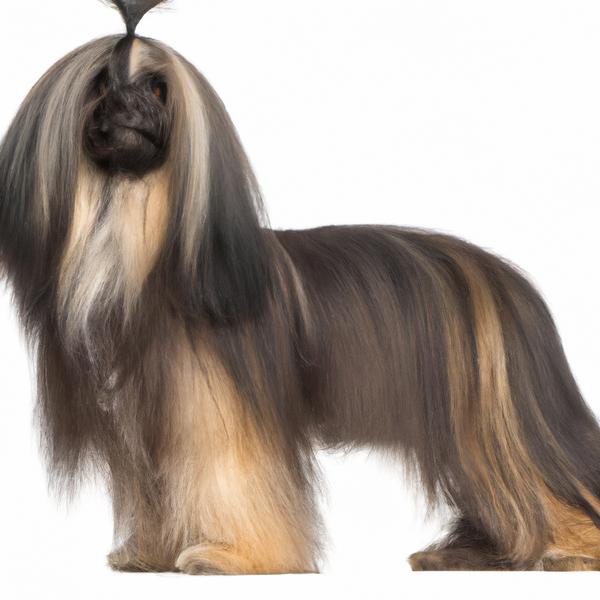
Silkshund
Pugese vs Silkshund
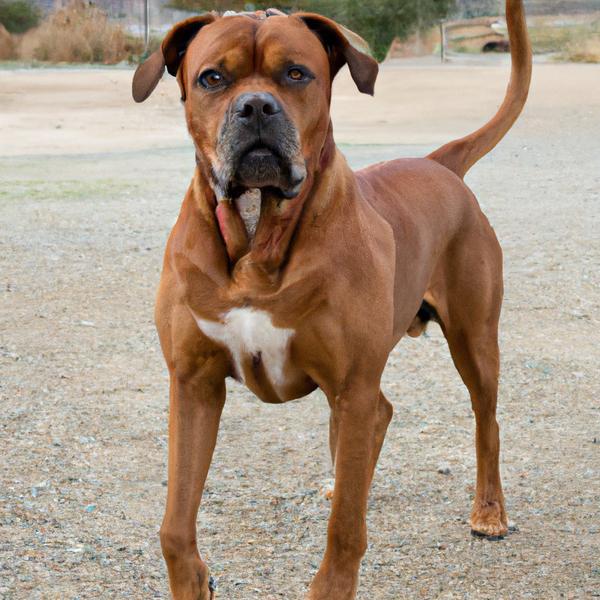
Boxador
Pugese vs Boxador
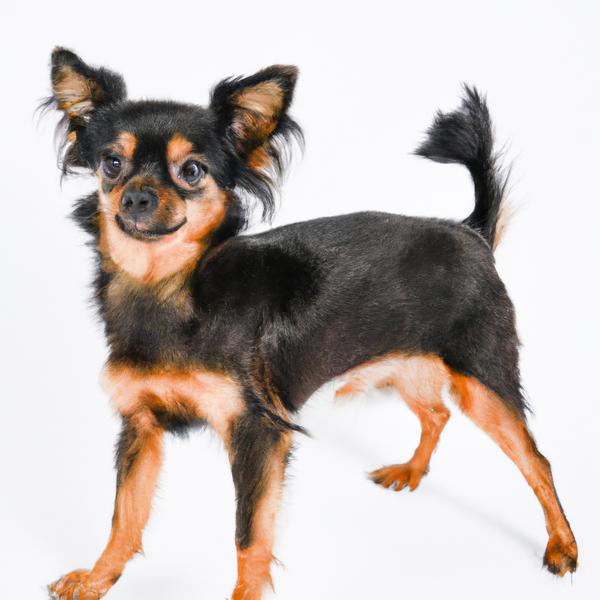
Brusselranian
Pugese vs Brusselranian
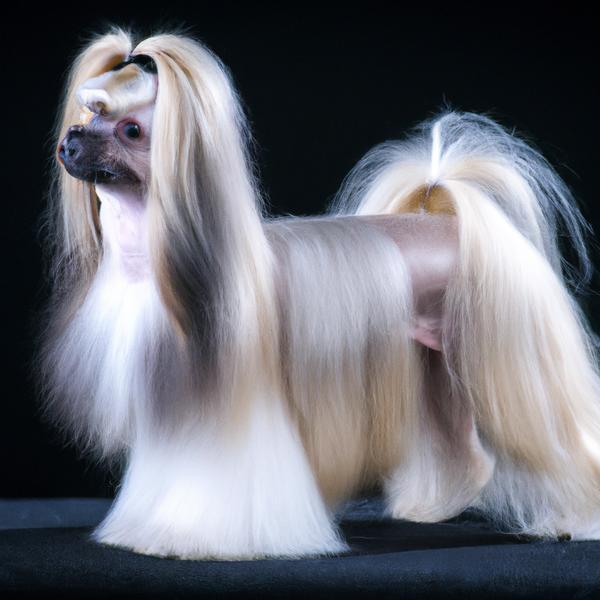
Silkzer
Pugese vs Silkzer
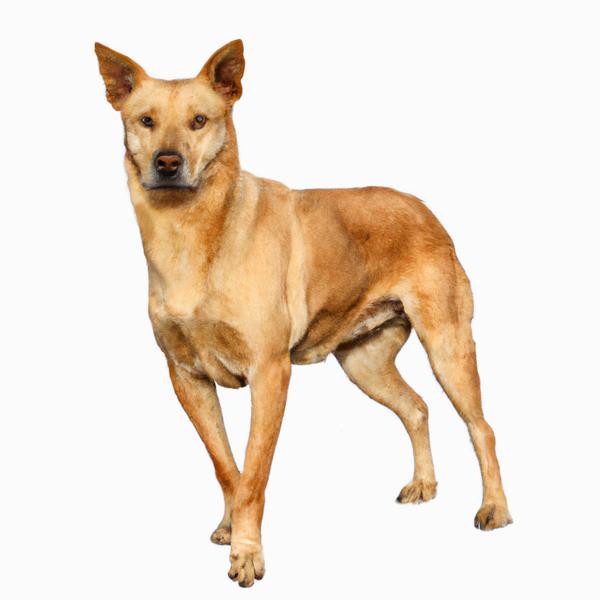
Cairanian
Pugese vs Cairanian
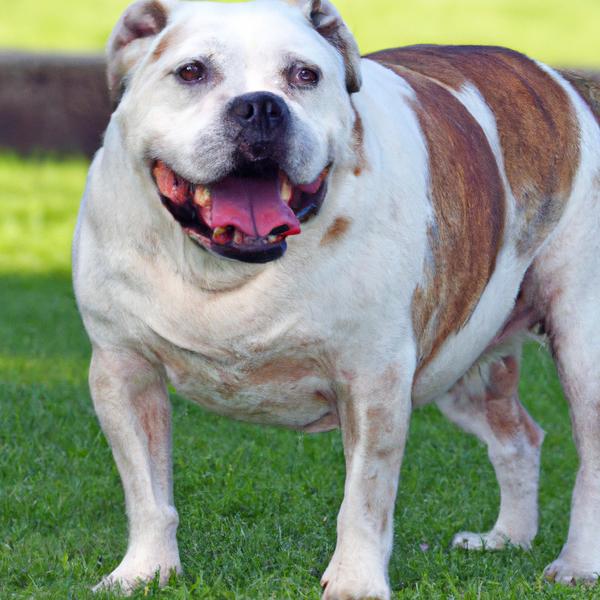
Olde Double Bully
Pugese vs Olde Double Bully
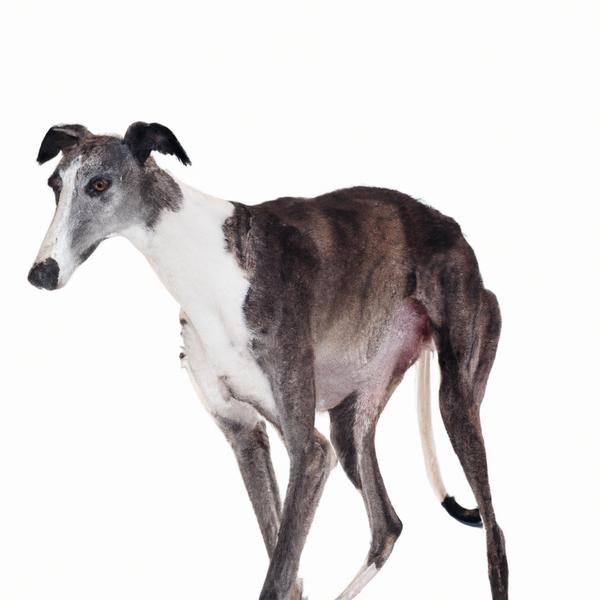
Greyhound
Pugese vs Greyhound

Pug Shiba
Pugese vs Pug Shiba
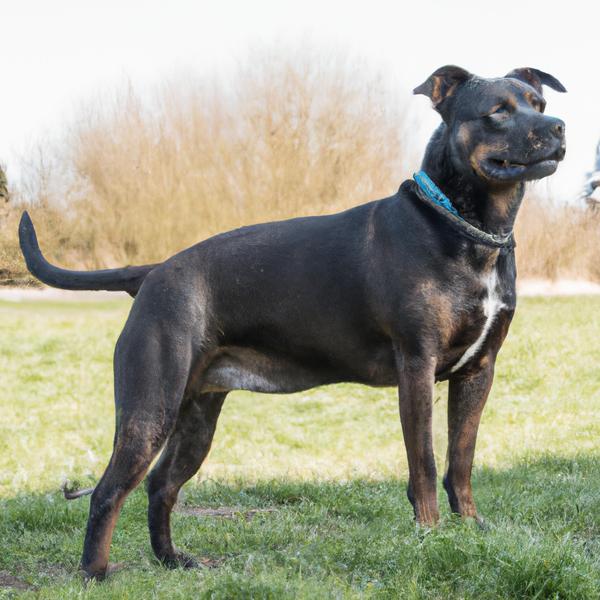
Staffweiler
Pugese vs Staffweiler
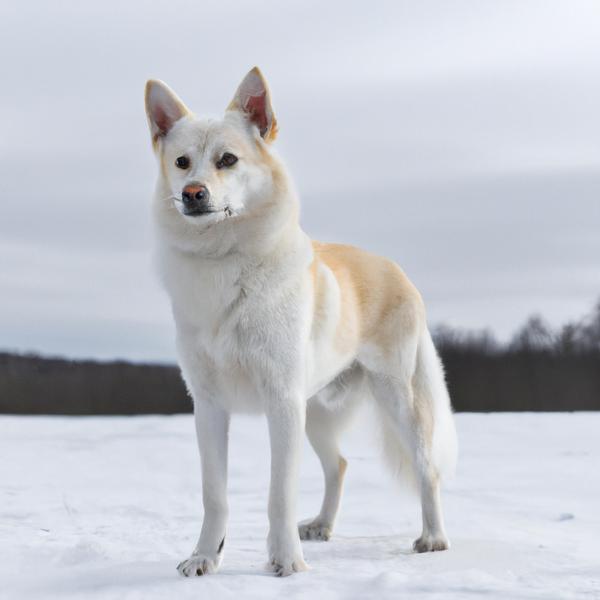
Eskijack
Pugese vs Eskijack

Xoloitzcuintle
Pugese vs Xoloitzcuintle
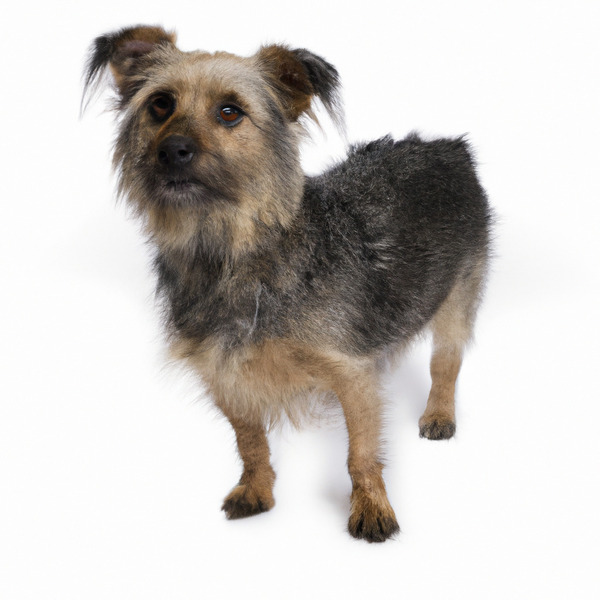
Dorkie
Pugese vs Dorkie
